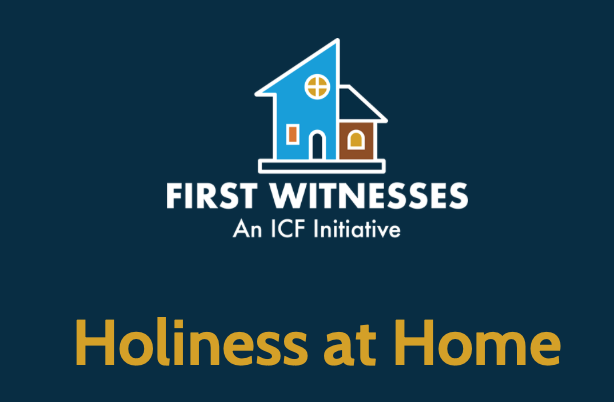Resources
Children are a Vital Part of Their Parish Community
The parish community provides a supportive environment for families to grow in their faith. Children can support their parish community in meaningful ways. Here are a few ideas: Participate in… Read More
Being Good Stewards of the Earth and God’s Creation
In the book of Genesis, God granted humankind “dominion over the fish of the sea, and over the birds of the air, and over the cattle, and over all the… Read More
The Real Presence of Christ in the Eucharist
Jesus as the living bread is a concept that refers to the Eucharist, which is the sacrament in which Catholics believe that bread and wine are transformed into the body… Read More
Explaining the Images of God in the Bible
When explaining the images of God in the Bible to children, it’s important to use language and examples that they can understand. Here are some suggestions: Father You can explain… Read More
Teaching Your Children How to Talk to God
Conversation with God, also known as prayer, is one primary way to foster a relationship with God. Teaching children to talk to God, or to pray, is an important aspect… Read More
Teaching Children to Come to the Aid of Others
Teaching children to come to the aid of others is a fundamental aspect of living out the teachings of Jesus Christ. In Matthew 25:40, Jesus tells us, “Amen, I say… Read More
Teaching your children about The Holy Spirit
Parents play an important role in teaching their children about the Holy Spirit. The Holy Spirit is one of the three persons of the Holy Trinity, along with God the… Read More
Nurturing Faith and Wisdom
The Importance of Reading the Bible to Children In the journey of nurturing a child’s faith, reading the Bible holds immense significance. The Bible is not just a collection of… Read More
Nurturing Faith through Art
Empowering Children’s Spiritual Expression Storytelling through Art Children can express their faith by using art as a medium for storytelling. Encourage them to illustrate their favorite Bible stories or create… Read More
Nurturing Love and Guidance for Children
Parental blessings are a beautiful and meaningful way for parents to express their love, support, and guidance to their children. Through these blessings, parents invoke God’s grace upon their children,… Read More
Report #5. Practices for Forming Faith with Young Adults
Young adults have reached a life stage that calls for a lot of sorting. They have had twenty plus years of rules, roles, and responsibilities provided by parents, teachers, friends,… Read More
CatholicBrain
CatholicBrain is a collection of resources designed for children to learn about Catechism, Bible knowledge, and the Saints.

